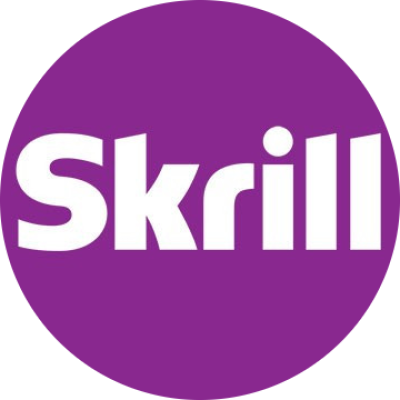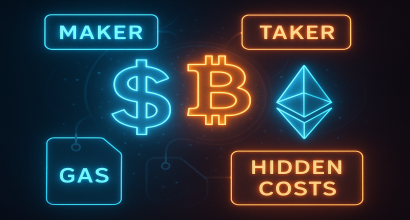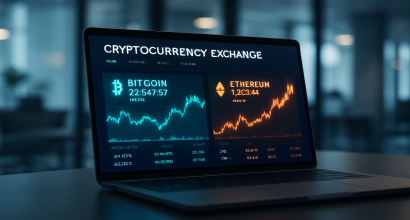Order Types Demystified: Market, Limit, Stop, and OCO
Why Order Types Matter
Picking the right order type affects your fill price, fees, and risk. Here’s how they work in plain English.
Market Orders
-
What: “Buy/Sell now” at the best available price.
-
When to use: Small, urgent trades in liquid markets.
-
Risk: Slippage—you may pay more/receive less than expected in thin books.
Example: You buy 2000 USDT worth of ETH instantly. If the order book is thin, the average fill could be 1–2% worse than the best quoted price.
Limit Orders
-
What: You set the price; order executes only if the market reaches it.
-
When to use: Patience + price control; often maker fees (cheaper).
-
Risk: No fill if price never hits your limit.
Example: Place a limit buy at 2,900 when ETH trades at 2,950. If filled, you controlled the entry.
Stop & Stop-Limit Orders (Risk Control)
-
Stop: Triggers a market order when price hits a level (fast exit).
-
Stop-Limit: Triggers a limit order; avoids extreme slippage but might not fill during fast drops.
Example: You bought at 30,000 and set a stop at 29,000. If price falls, your sell triggers, containing losses.
OCO (One-Cancels-the-Other)
-
What: Take-profit and stop-loss combined. When one fills, the other cancels.
-
Why: Automates both outcomes—win or protect.
Example: Bought BTC at 30,000. OCO: Take-profit 31,200 and Stop-limit 29,200/29,100. If price rises to 31,200, take-profit fills; downside order cancels.
Practical Tips
-
Use limit in low-liquidity pairs.
-
Size orders to avoid moving the market.
-
Always define risk (stop) before placing a trade.
-
Consider maker/taker fees when choosing order type.
Key Takeaways
-
Market = speed; Limit = control; Stop = protection; OCO = automation.
-
Slippage and liquidity define your real outcome, not just the chart.
FAQs
Q1: Do OCO orders work on all pairs?
Support varies by exchange; check pair availability.
Q2: Why did my stop-limit not execute?
The limit might have been too strict during a fast move; the market never traded at your limit.
Q3: Are maker fees always cheaper?
Usually, but fee schedules differ—read your exchange’s table.



















Discussion & Comments